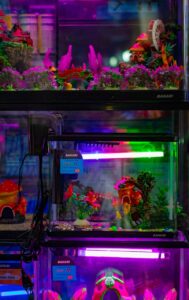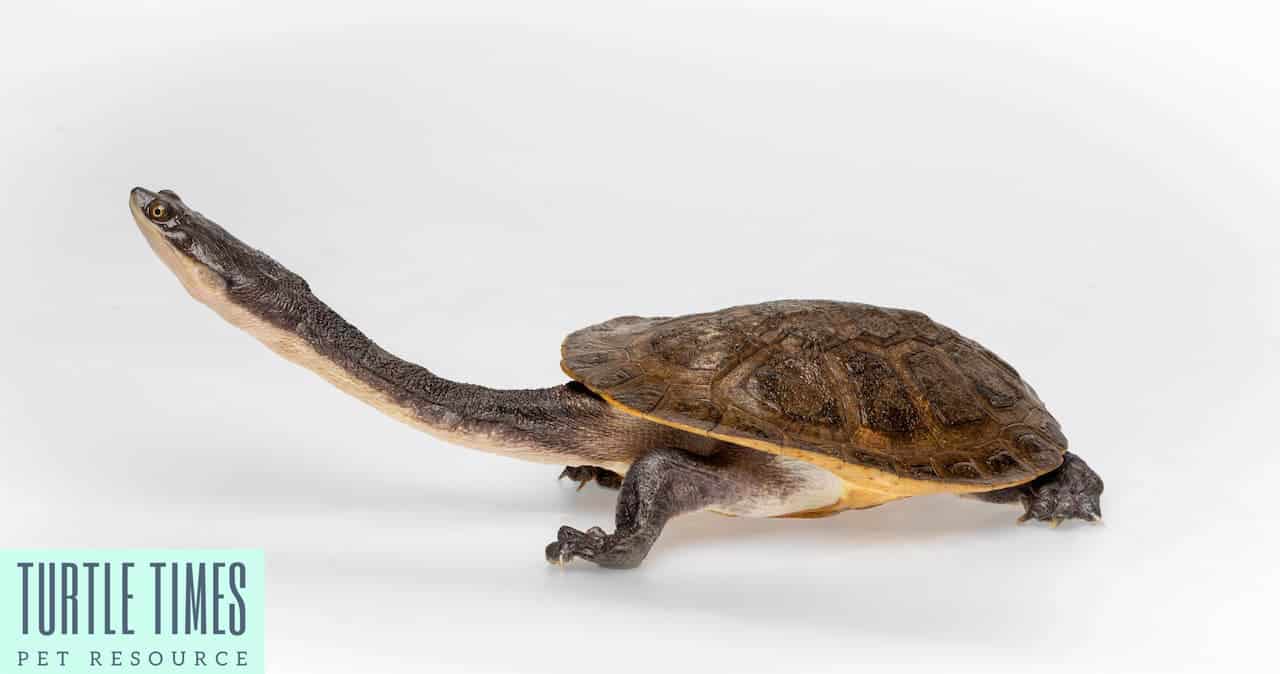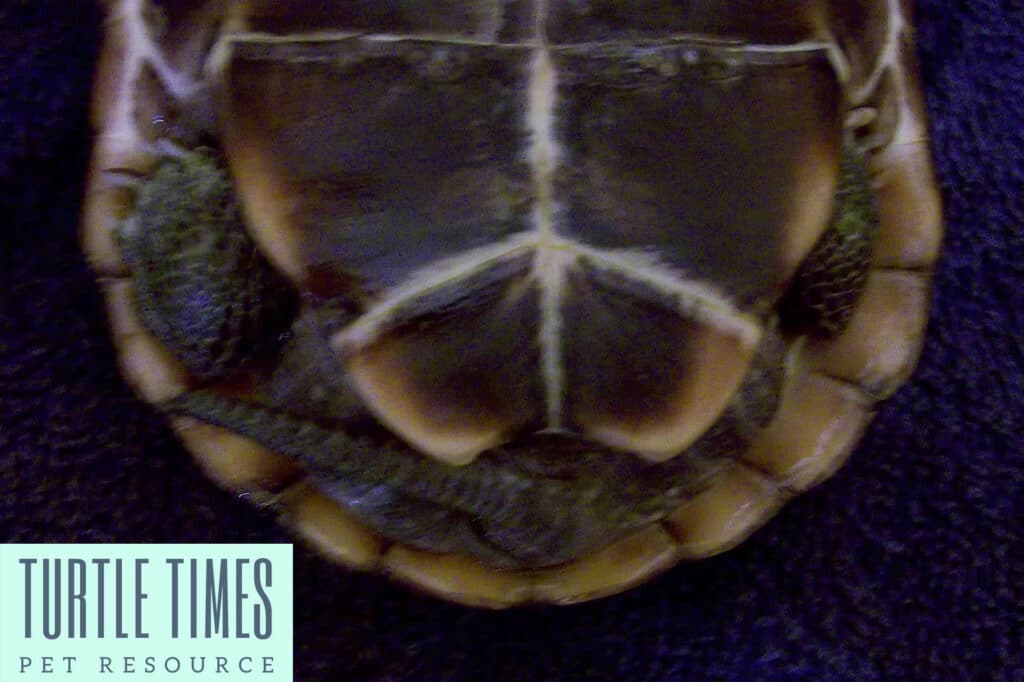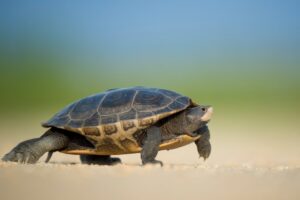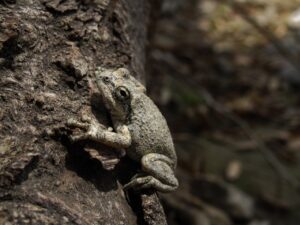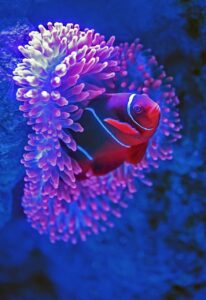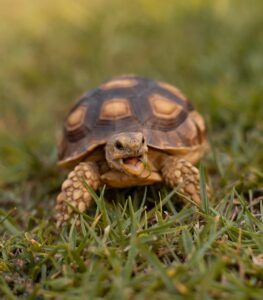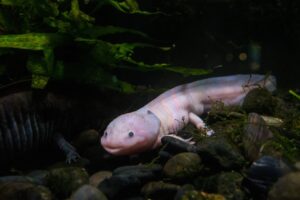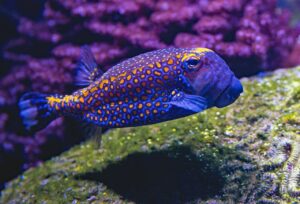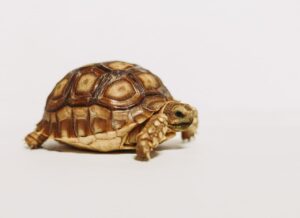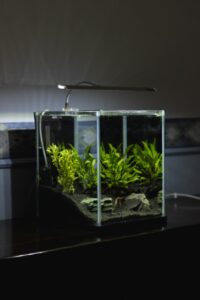By Turtle Times
30 Gallon Fish Tank Setup guide. A 30-gallon aquarium is the perfect solution for an aquarium that will fit easily in your living area and create a focal piece at the same.
This is the perfect size for most fish keepers. It provides plenty of space for beautiful fish, and allows you to gain lots of experience.
It is a great way to keep the same fish that you see in large professional tanks. You can keep Cichlids and many other species.
Continue reading to learn about stocking ideas, equipment and design inspiration.
30 Gallon Fish Tanks: What You Need to Know
This volume of aquariums allows for an amazing combination of plants and species. The aquariums can be used to house a variety of fish, reptiles and even plants. They can also serve as a paludarium. Fish, crabs and shrimps are all able to live in the aquarium without having to fight for territory.
Its size and dimensions make it ideal for beginners who want to move on to larger tanks.
The right equipment will make your role in maintaining the aquarium minimal. Most well-known brands have a wide range of tools that can help you maintain your aquarium.
You can choose between many different designs. Some 30-gallon tanks may have wooden parts or a metallic hood slide.
Many models are designed to appeal to all budgets. You can find an aquarium that is suitable for you, whether you want to spend less or more.
There are different versions of the 30-gallon aquarium, including breeding, wide, and high tanks. The primary difference between each tank is its size and purpose.
30 Gallon Fish Tank Dimensions
A standard 30-gallon aquarium will measure 36 1/4″ x 12 5/8″ x 16 3/4″.
The variations described above would either have a height or length that is different, but the width will usually remain the same.
30 Gallon Aquarium Equipment
It is important to choose the right equipment for an aquarium. These equipment pieces provide enough nutrients, set up cycling, and maintain the desired temperature. They are the foundation of all life in your aquarium.
You have slim chances of having an aquarium that thrives without quality equipment.
Heater
Water Temperature is controlled by several factors in nature, including direct insolation and cooling. It is up to you, however, to replicate this highly efficient system in your aquarium.
You can do this by using a tank heating.
A 30 gallon aquarium doesn’t need a …read more
Read more here: Turtle Times
